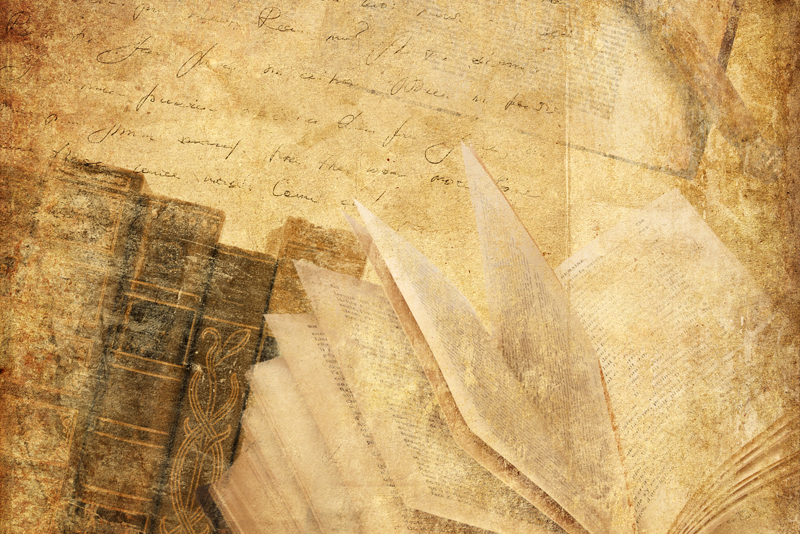Fabric Stabilizers

Stabilizers are the workhorses of invisibility that can prevent puckering, stretching and fraying of fabric during a sewing process after which it is mostly torn, ironed, cut, or washed away. Gone but not forgotten!
Commonly, stabilizers are cloth-like or in a tape form (although there are liquid spray-on types mostly for stiffening fabrics) and of a variety of types known as tear-away, cut-a-way, iron-on, water-soluble and stick-on. A varied lot for a sewing notion that is meant to be unseen for sure. Stabilizers are used as backing or support for fabric, mostly a personal choice as to what type to use, and all ensure beautiful even stitching. Unlike interfacing that is permanently added to the underside of fabric to provide added shape and crispness, a stabilizer is removed after stitching. Stabilizers help to reinforce fabric when many needle piercings may damage it.
Tear-away stabilizers are made to do just that, easily tear away once stitching is complete. Mostly used with woven fabric types. The slight amount of stabilizer that is left once torn away from the back of the stitching will not add any bulk to the fabric and avoids stitches from sinking into the fabric. Tear-away stabilizers can be of light, medium or heavy weight. Great for backing machine buttonholes.
Iron-on (or heat-away) types have a sticky side. It is first placed onto the wrong side of the fabric or medium allowing for secure stitching on the top side. Useful for home décor projects and accessories such as handbags and wallets. Once ironed (dry iron only), this stabilizer helps to keep the stitching from distorting and is not for items that need laundering.
Another type of sticky-backed stabilizer is a paper product useful in hooped embroidery. Used to keep a small fabric piece in place when too small to fit well into a machine or embroidery hoop or if the fabric is napped like velvets that would otherwise show hoop marks.
Cut-away stabilizers are not torn but rather cut away close to the underside of stitches so as not to distort unstable fabric or delicate stitches. Very useful for machine embroidery. The excess stabilizer not cut away from the fabric back after stitching is strong through many launderings. This type of stabilizer can be seen on the underside of embroidered t-shirts, sweatshirts, outerwear or appliques.
Water-soluble stabilizer is the most invisible of all and rather than made of a fiber is of a film-like transparent plastic that dissolves in water. Often used on the top of embroidery for napped and looped fabrics such as terrycloth, it keeps stitches from sinking into the fabric. It is also used underneath fabric when no visible remains of stabilizer or residue is important. Comes in a light-weight or heavy type. Once stitching is complete, the water-soluble stabilizer is first carefully torn or cut-away from the stitching, then lightly sprayed with water to dissolve any excess. Can be used as a transfer medium where a design is drawn onto the water-soluble stabilizer and then placed on top of the fabric and stitched. Useful in free-motion embroidery.
There are numerous brands and weights of stabilizers and more and newer types appear regularly.
Sew happy, sew inspired.
Commonly, stabilizers are cloth-like or in a tape form (although there are liquid spray-on types mostly for stiffening fabrics) and of a variety of types known as tear-away, cut-a-way, iron-on, water-soluble and stick-on. A varied lot for a sewing notion that is meant to be unseen for sure. Stabilizers are used as backing or support for fabric, mostly a personal choice as to what type to use, and all ensure beautiful even stitching. Unlike interfacing that is permanently added to the underside of fabric to provide added shape and crispness, a stabilizer is removed after stitching. Stabilizers help to reinforce fabric when many needle piercings may damage it.
Tear-away stabilizers are made to do just that, easily tear away once stitching is complete. Mostly used with woven fabric types. The slight amount of stabilizer that is left once torn away from the back of the stitching will not add any bulk to the fabric and avoids stitches from sinking into the fabric. Tear-away stabilizers can be of light, medium or heavy weight. Great for backing machine buttonholes.
Iron-on (or heat-away) types have a sticky side. It is first placed onto the wrong side of the fabric or medium allowing for secure stitching on the top side. Useful for home décor projects and accessories such as handbags and wallets. Once ironed (dry iron only), this stabilizer helps to keep the stitching from distorting and is not for items that need laundering.
Another type of sticky-backed stabilizer is a paper product useful in hooped embroidery. Used to keep a small fabric piece in place when too small to fit well into a machine or embroidery hoop or if the fabric is napped like velvets that would otherwise show hoop marks.
Cut-away stabilizers are not torn but rather cut away close to the underside of stitches so as not to distort unstable fabric or delicate stitches. Very useful for machine embroidery. The excess stabilizer not cut away from the fabric back after stitching is strong through many launderings. This type of stabilizer can be seen on the underside of embroidered t-shirts, sweatshirts, outerwear or appliques.
Water-soluble stabilizer is the most invisible of all and rather than made of a fiber is of a film-like transparent plastic that dissolves in water. Often used on the top of embroidery for napped and looped fabrics such as terrycloth, it keeps stitches from sinking into the fabric. It is also used underneath fabric when no visible remains of stabilizer or residue is important. Comes in a light-weight or heavy type. Once stitching is complete, the water-soluble stabilizer is first carefully torn or cut-away from the stitching, then lightly sprayed with water to dissolve any excess. Can be used as a transfer medium where a design is drawn onto the water-soluble stabilizer and then placed on top of the fabric and stitched. Useful in free-motion embroidery.
There are numerous brands and weights of stabilizers and more and newer types appear regularly.
Sew happy, sew inspired.

Related Articles
Editor's Picks Articles
Top Ten Articles
Previous Features
Site Map
Content copyright © 2023 by Cheryl Ellex. All rights reserved.
This content was written by Cheryl Ellex. If you wish to use this content in any manner, you need written permission. Contact Cheryl Ellex for details.







